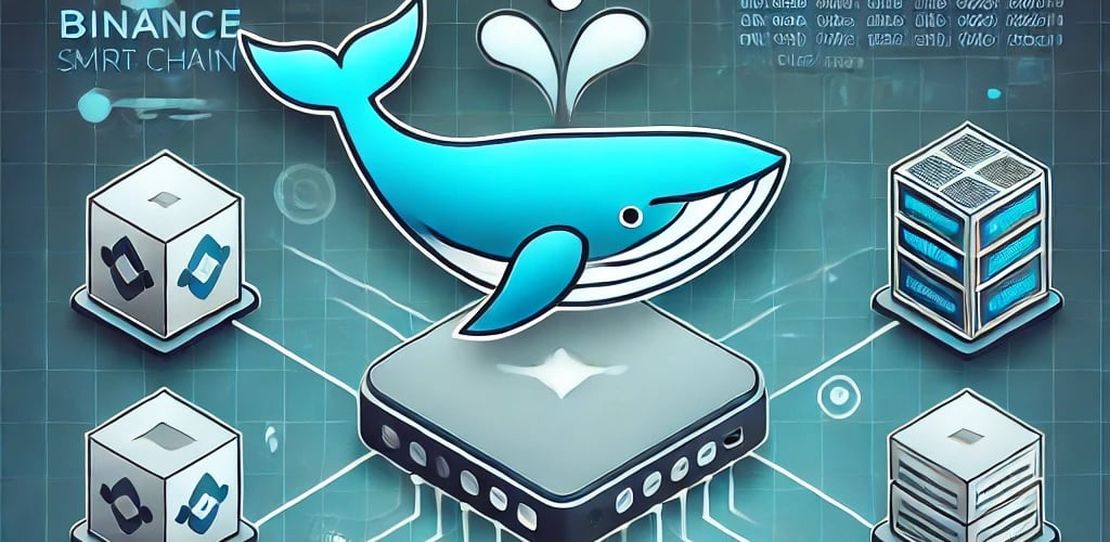DAO
- Home /
- Categories /
- DAO

Tokenomics Explained: An Easy Guide to the LegitDAO Smart-Contract
The LegitDAO contract combines governance, utility, and incentive mechanisms to create a decentralized autonomous organization (DAO). This contract provides a structure where DAO members can participate in decision-making, contribute to projects, and earn rewards.
Read More
Building a Decentralized Future with LegitDAO: From Problem Discovery to AGI
Founders of traditional startups often embark on their entrepreneurial journey by identifying a specific problem they wish to solve. Their process typically begins with a clear understanding of the issue and an awareness of potential customers who face that problem and are willing to pay for a solution. As the startup grows, the founding team broadens its vision by discovering interconnected problems and expands its offerings to serve new market segments that value similar solutions. This approach is systematic, incremental, and focuses on creating tangible value in exchange for monetary contributions from customers.
Read More
Contributing to LegitDAO: A Step-by-Step Guide
At LegitDAO, we foster a collaborative environment where every community member can contribute to the growth and improvement of the ecosystem. Whether you’re a developer, designer, or just someone passionate about LegitDAO’s mission, this guide will walk you through how to make contributions to the LegitDAO repository and submit modifications to help shape our future.
Read More
Setting Up a Binance Smart Chain (BSC) Node for LegitDAO Using Docker
In this guide, we’ll show you how to configure and run a Binance Smart Chain (BSC) node using Docker and Docker Compose. This setup is specifically tailored for the LegitDAO project to ensure efficient blockchain interaction with persistence, automatic restarts, and WebSocket support.
Read More
LegitDAO Token Distribution
LegitDAO comprises a total of 100 million tokens, each of which is divisible into 100 million smaller units. The table below outlines the wallets that contributed to the project, detailing the number of tokens allocated to each wallet at the time of minting. It also includes information on the wallets they referred to the project, the tokens they earned through their contributions, and the tokens they received as referral rewards. For founders, the table additionally shows the tokens allocated to them.
Read More